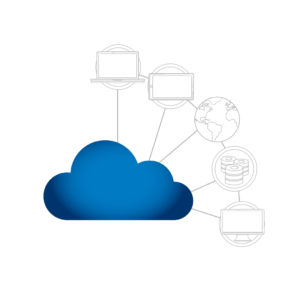There are numerous benefits associated with having a managed services provider(MSP), but how will you actually know if now is the time to start outsourcing your IT management? There are some signs to pay attention to when you are ready to find out if you actually need a Managed Services Provider(MSP).
Do You Need A Managed Services Provider(MSP)?
No one wants to walk into their workplace and discover that something is not working with the technology. It does not matter if your business is a small business, a medium-sized business, or a large business; discovering this type of problem can be the difference between having a successful work day and having to find a way to repair the issue that has delayed your business operations.
When you have a team of dedicated professionals on your side providing you with the managed services you need, these issues will eventually be a thing of the past. As you begin to think about your current IT struggles and all the options you have available, we want you to think about making the decision to outsource your services. There are many signs that could mean you are in need of an MSP, including the following:
Multiple Tech Problems
It is not uncommon for businesses to face different IT problems and challenges, especially with all the advances and changes in technology. To reduce the IT problems you may be facing, you can choose to upgrade your technology and ensure you keep data backups. When you back up your data, you should ensure that the backups are accessible in order to reduce technical problems. When you partner with a Managed Services Provider(MSP), you will have the peace of mind you need because your data will be secure at all times and your technology will always be current. You will be able to spend more time on other aspects of your business instead of worrying about the technical issues that may arise.
Limited Finances
If you do not have the finances to hire a team of IT professionals, you will appreciate the affordable option of a Managed Services Provider. Many businesses may only think of an MSP as another thing that requires money, but when you have a team of IT experts on your side, it can turn into a very wise investment. A Managed Services Provider will not be as expensive as employing an IT team that will be in-house.
A Weak Strategy
Every year, your current network will experience multiple changes within the organization and outside the organization. You will need a strong IT strategy that will help your business now and in the future. A strong and secure IT strategy will also help ensure that your business will have long-term success. If you feel that your current strategy is not strong enough to keep up with the IT advancements, now is a good time to consider outsourcing your services.
We know that you want your business to continue growing and that you want to stay on track with the other businesses in your industry. We can also understand how you would like to have an edge over the competition. You are going to need to be able to develop a solid IT strategy and maintain your knowledge of technology and networks. If you are looking for a service that can provide you with efficiency, increased productivity, and efficiency, a Managed Service Provider is the solution you have been searching for.
It does not matter what industry you are in, a Managed Service Provider could be the option that leads you to the level of success you have been searching for. Contact us today for more information.



